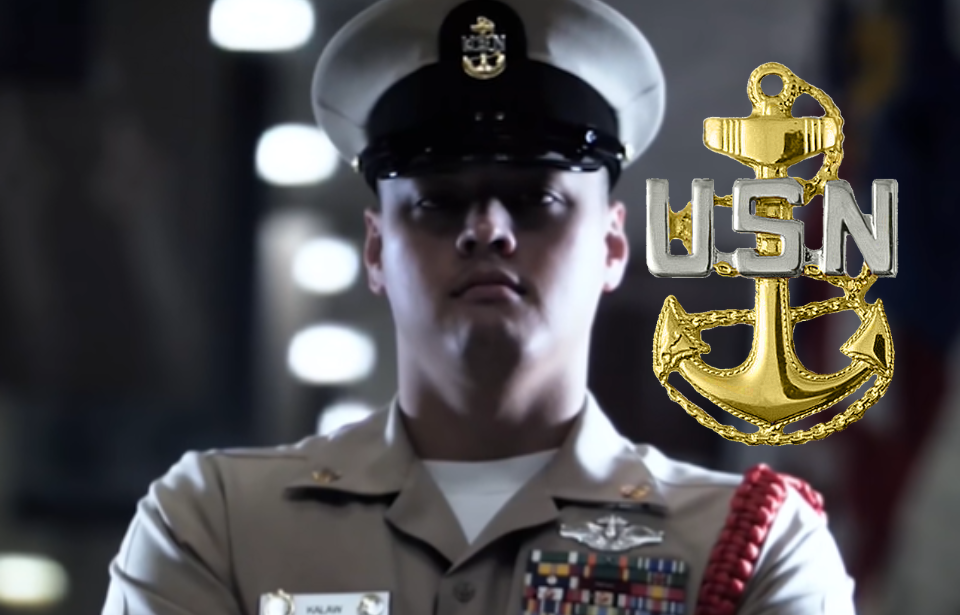

Post-war era RN and WRNS officers enjoying evening drinks by the Grand Harbour in Malta, 1964. Wrens were prominent as support staff at the Government Code and Cypher School at Bletchley Park they were the direct operators of the bombes and Colossus used to break Axis codes and cyphers. One of the slogans used in recruitment posters was "Join the Wrens and free a man for the Fleet".Ī Mark 2 Colossus computer operated by Wrens. During the war 102 WRNS members were killed in action and 22 wounded in action. At its peak in 1944 it had 75,000 active servicewomen. The WRNS had an expanded list of allowable activities, including flying transport planes. Second World War recruitment poster Second World War Īt the beginning of the Second World War Vera Laughton Mathews was appointed as the director of the re-formed WRNS in 1939 with Ethel (Angela) Goodenough as her deputy. In addition, 2,867 Wrens, 46 officers and 2,821 other ranks who had previously supported the Royal Naval Air Service chose to be transferred to the RAF Royal Air Force. By the end of the war the service had 5,500 members, 500 of them officers.

On 10 October 1918, nineteen-year-old Josephine Carr from Cork became the first Wren to die on active service, when her ship, the RMS Leinster was torpedoed. The WRNS was formed in 1917 during the First World War. WRNS included cooks, clerks, wireless telegraphists, radar plotters, weapons analysts, range assessors, electricians and air mechanics. First formed in 1917 for the First World War, it was disbanded in 1919, then revived in 1939 at the beginning of the Second World War, remaining active until integrated into the Royal Navy in 1993. The Women's Royal Naval Service ( WRNS popularly and officially known as the Wrens) was the women's branch of the United Kingdom's Royal Navy. For other uses, see Wren (disambiguation).Ī WRNS rating during the Second World War Two Ordnance Wrens in Liverpool reassemble a section of a pom-pom gun during the Second World War.


 0 kommentar(er)
0 kommentar(er)
